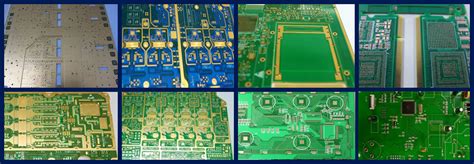
Blog
-
Taconic PCB Manufacturers and Fabricators
Posted by
–
 Read more: Taconic PCB Manufacturers and Fabricators
Read more: Taconic PCB Manufacturers and FabricatorsIntroduction to PCB Manufacturing Printed Circuit Boards (PCBs) are the backbone of modern electronics. They are used in almost every electronic device, from smartphones and computers to medical equipment and aerospace systems. PCB manufacturing is a complex process that involves multiple steps, including design, fabrication, assembly, and testing. In this […]
-
The Development of Electronic PCB
Posted by
–
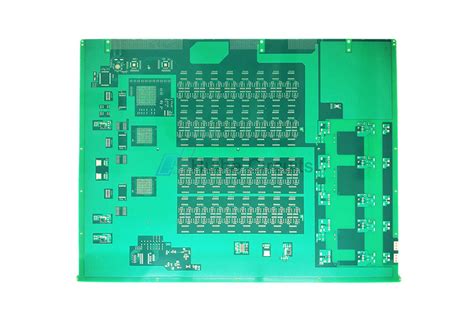 Read more: The Development of Electronic PCB
Read more: The Development of Electronic PCBIntroduction to PCB Development Printed Circuit Boards (PCBs) have revolutionized the electronics industry since their inception in the early 20th century. PCBs are the backbone of modern electronic devices, providing a platform for the interconnection and assembly of electronic components. The development of PCBs has been a continuous process, driven […]
-
Why Choose RAYMING for Aluminum PCB
Posted by
–
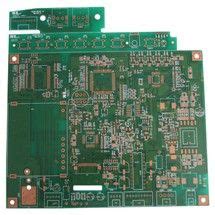 Read more: Why Choose RAYMING for Aluminum PCB
Read more: Why Choose RAYMING for Aluminum PCBIntroduction to RAYMING and Aluminum PCBs RAYMING is a leading manufacturer of high-quality printed circuit boards, specializing in advanced solutions such as aluminum PCBs. With over 20 years of experience in the industry, RAYMING has established itself as a trusted partner for businesses across various sectors, including automotive, aerospace, medical […]
-
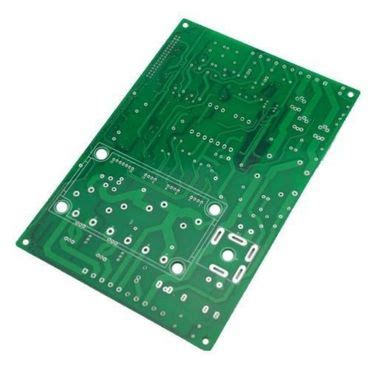 Read more: Protel PCB: Basic Knowledge in Definition, Features, and Advantages
Read more: Protel PCB: Basic Knowledge in Definition, Features, and AdvantagesWhat is Protel PCB? Protel PCB refers to printed circuit boards designed using Protel, a popular electronic design automation (EDA) software. Protel, now known as Altium Designer, is a comprehensive tool for designing and developing high-quality PCBs. It offers a wide range of features and capabilities that make it a […]
-
 Read more: About Multilayer PCB, How to Determine Your Product
Read more: About Multilayer PCB, How to Determine Your ProductWhat is a Multilayer PCB? A multilayer PCB, or printed circuit board, is a complex electronic component that consists of multiple layers of conductive copper foil separated by insulating material. These layers are laminated together under heat and pressure to form a single, compact unit. Multilayer PCBs offer several advantages […]
-
 Read more: Difference between Chemical and Plasma Etch Processes
Read more: Difference between Chemical and Plasma Etch ProcessesWhat is Chemical Etching? Chemical etching, also known as wet etching, is a process that uses liquid chemical etchants to remove material from a substrate surface. The substrate is immersed in an etchant solution, which selectively removes the exposed areas of the material while leaving the masked areas intact. The […]
-
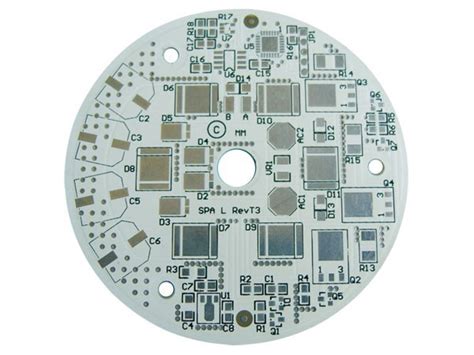 Read more: 8 Layer PCB Manufacturer– Everything You Need to Know
Read more: 8 Layer PCB Manufacturer– Everything You Need to KnowIntroduction to 8 Layer PCBs An 8 layer printed circuit board (PCB) is a complex, high-density board that consists of eight conductive copper layers laminated together with insulating material. These advanced PCBs are used in sophisticated electronic devices that require high speed, high performance, and miniaturization, such as smartphones, computers, […]
-
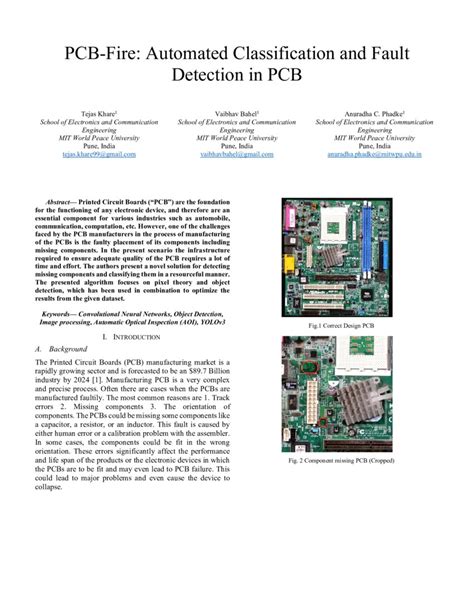 Read more: PCB Classification – pattern class and drill class
Read more: PCB Classification – pattern class and drill classIntroduction to PCB Classification Printed Circuit Boards (PCBs) are essential components in modern electronic devices, providing a platform for electrical connections and mechanical support. To ensure proper functionality and reliability, PCBs are classified based on various criteria, including the pattern class and drill class. These classifications help manufacturers and designers […]
-
Presensitized PCB: An Ultimate Guide
Posted by
–
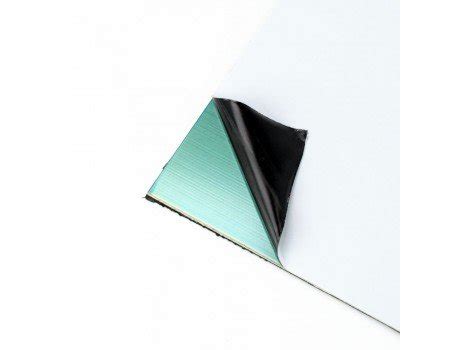 Read more: Presensitized PCB: An Ultimate Guide
Read more: Presensitized PCB: An Ultimate GuideWhat is a Presensitized PCB? Presensitized PCB, also known as photosensitive PCB or pre-coated PCB, is a type of printed circuit board that comes with a light-sensitive photoresist layer pre-applied to the copper surface. This photoresist layer is essential for creating the desired circuit pattern on the board through a […]
-
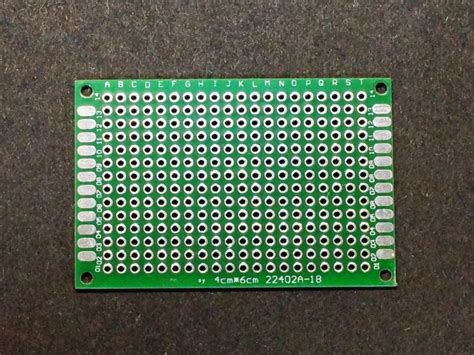 Read more: What Should the Suitable PCB Prototype be in Your Mind?
Read more: What Should the Suitable PCB Prototype be in Your Mind?Understanding the Importance of PCB Prototyping Before diving into the specifics of what makes a suitable PCB Prototype, let’s first understand the significance of prototyping in the PCB manufacturing process. Benefits of PCB Prototyping Design Validation: PCB prototyping allows you to validate your design before mass production. By creating a […]




